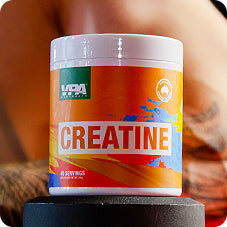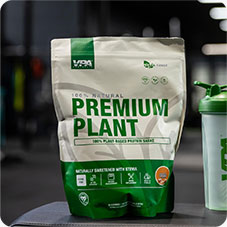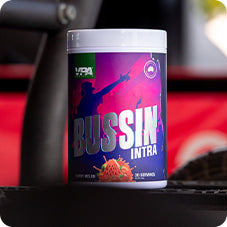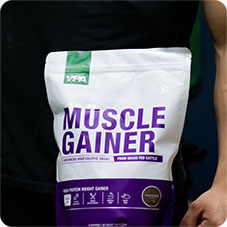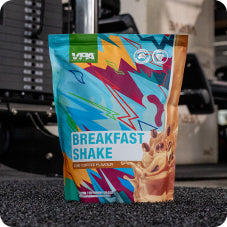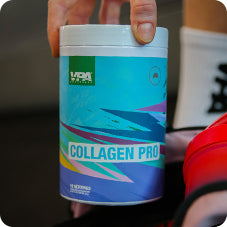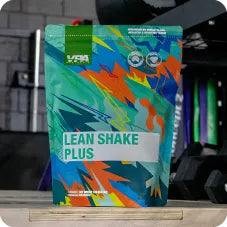Your Cart is Empty
Your guide to the Sunshine Vitamin – Vitamin D
May 27, 2020 2 min read

Here is your guide to the Sunshine Vitamin – Vitamin D. Most of us have heard of Vitamin D and know that it comes from sunlight, hence the name the Sunshine Vitamin. Now that we are coming into the cooler months and are spending more time indoors, how do we get the levels of Vitamin D we need to stay healthy?
What is Vitamin D?
Vitamin D otherwise known as the ‘Sunshine Vitamin’ isn’t actually vitamin, it’s a hormone. Put simply the body can synthesise Vitamin D, with help from sunlight, from a precursor the body makes from cholesterol.
Benefits of Vitamin D
- It is well known for its ability to aid the absorption of calcium in the body which is important for bone growth and development.
- Plays an important role in facilitating normal immune system function.
- It can aid in optimal muscle function by reducing inflammation, pain and myopathy.
- Assists in regulating insulin levels and aids in the management of type 2 diabetes.
- Reducing the risk for many chronic diseases such as autoimmune disease, heart disease, cancers and infectious diseases.
Sources of Vitamin D
The main source of the sunshine vitamin is exposure to sunlight. The Sunshine Vitamin is not found naturally in many foods; it is added to some products and is available as a dietary supplement. Meaning food alone cannot provide most people with necessary levels of this vitamin. However, consumption of certain foods can help increase vitamin levels in the body.
Foods that contain Vitamin D include:
- Eggs
- Fatty fish
- Mushrooms (hint leave the mushrooms in the sun for 2-3 hours (gill side up) before cooking to get the most benefit you can!)
- Fortified foods, such as margarine and milk
- Supplements, such as VPA®'s own Multi Greens
How much sunlight do I need?
Sunlight accounts for more than 80% of the Sunshine Vitamin in our body. There is no easy answer to this question as it depends on a number of factors including where you live, season, time of day, your skin colour and the amount of skin exposed to the sun.
Generally speaking in the cooler times of year you need more sun exposure as only your arms, hands and possibly your face are exposed to the sun.
As you can see it is quite simple to still get our Vitamin D levels up to ensure we stay healthy during winter.
Also in Diet and Nutrition
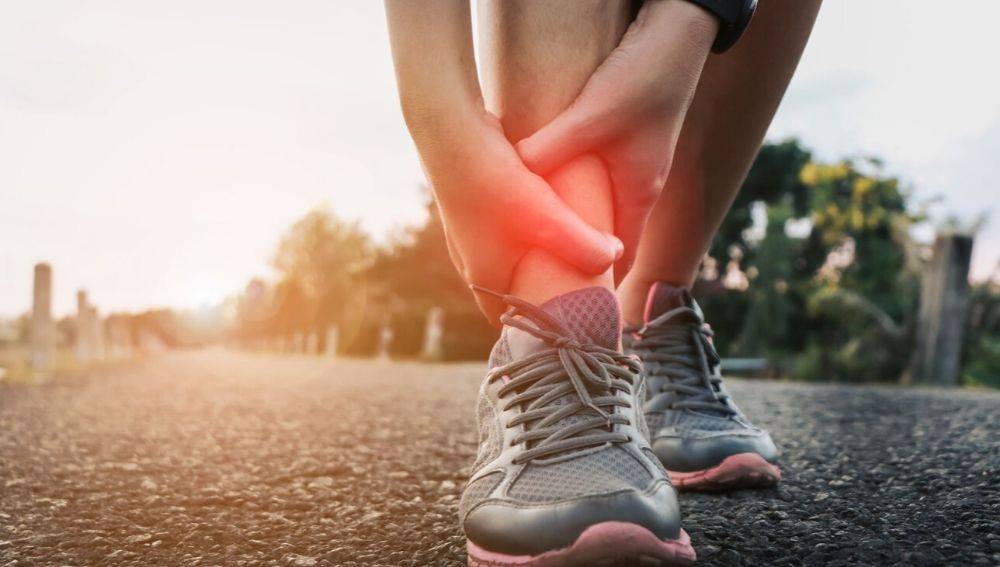
Best Supplements for Injury Recovery (And Nutrition Tips to Heal Faster)
May 21, 2025 6 min read
Read More Recent Articles
- Best Supplements for Injury Recovery (And Nutrition Tips to Heal Faster)
- Does Whey Protein Have Lactose? What You Need to Know
- Protein Shake for Breakfast: Is It a Healthy Choice?
- How to Bulk: A Complete Guide for Beginners
- 10 Quick Pre-workout Bites to Power Your Training
- Banish the Belly Bloat: Simple Solutions for a Flatter Feeling
- Navigating the Golden Years: Enhancing Mobility as You Age
- A Comprehensive Dive into the World of Biohacking
- Why you should try the Mediterranean Diet
- Managing Blood Sugar Spikes: A Comprehensive Guide for Better Health
${{amount}}




